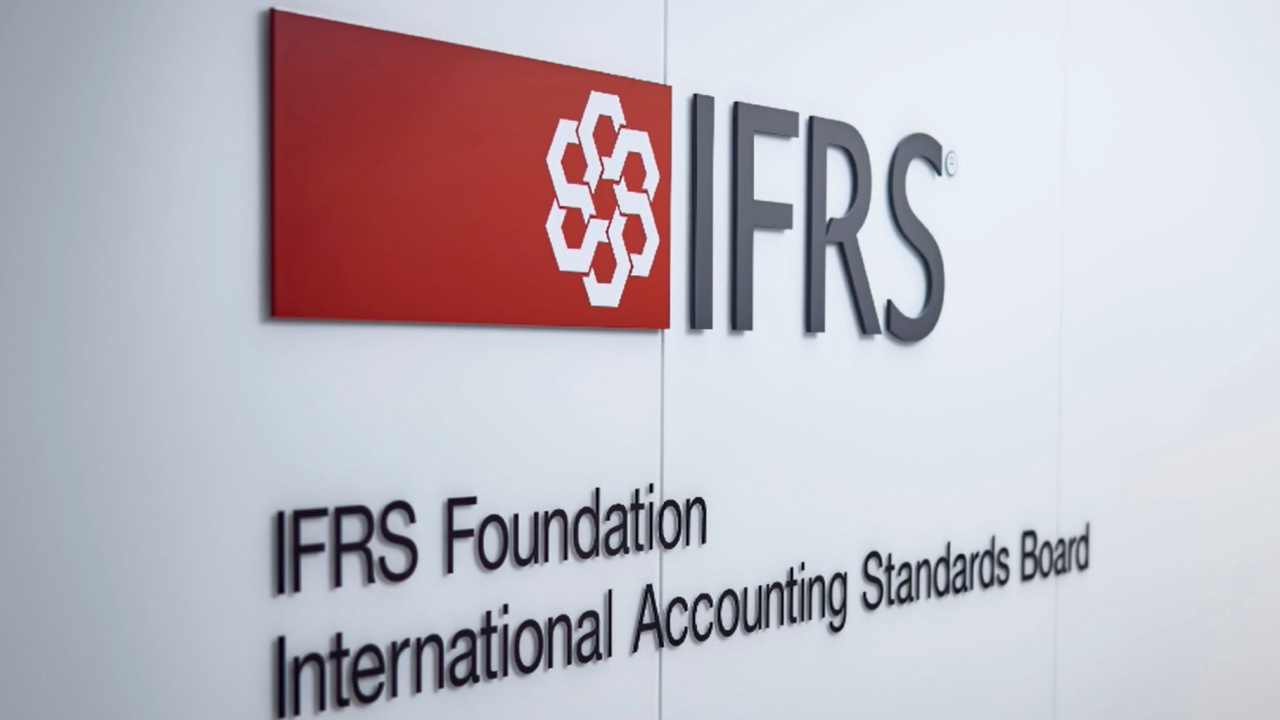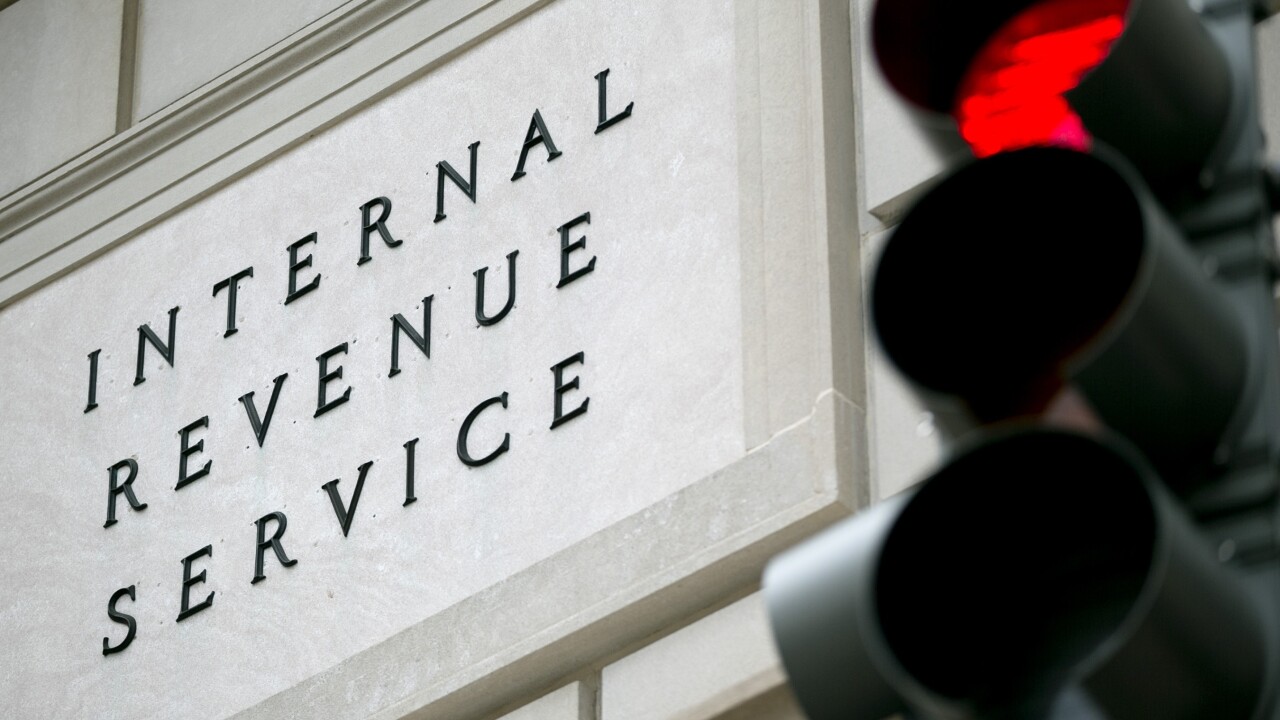The Internal Revenue Service has posted a revised 2018 Schedule D Tax Worksheet in the

Instead of taxing capital gains at the lower 2018 tax rates under the Tax Cuts and Jobs Act of 2017, the worksheet was taxing them at their maximum rates of 25 or 28 percent.
“The tax calculation did not work correctly with the new TCJA regular tax rates and brackets for certain Schedule D filers who had 28% rate gain (taxed at a maximum rate of 28%) reported on line 18 of Schedule D or unrecaptured section 1250 gain (taxed at a maximum rate of 25%) reported on line 19 of Schedule D,” said the IRS.
The IRS advised taxpayers and tax professionals to download the
All returns filed after May 15 should reflect the new calculation, though, and the IRS will update any returns filed after May 15 to reflect the correct tax using the new calculation.
The IRS said it has already provided the corrected worksheet to tax software providers, so anyone filing a 2018 return, including those with extensions, after May 15, 2019, shouldn’t be affected by the error. In any case, the IRS isn’t anticipating there will be problems for most taxpayers.
“Those taxpayers reporting these types of transactions typically file more complex returns and frequently obtain tax-filing extensions from the IRS,” said the agency. “For that reason, the IRS believes that many potentially-affected taxpayers are yet to file. The correction results in a lower regular tax for most affected taxpayers, and a higher regular tax for a small number of the impacted taxpayers, depending on the taxpayer’s individual return.”
The IRS also pointed out that most taxpayers who file Schedule D don’t have amounts on lines 18 and 19, check Yes on line 20, and don’t use the Schedule D Tax Worksheet to figure their regular tax, so they wouldn’t be affected. Even those taxpayers who would be affected will probably get their tax returns fixed by the IRS.
“Affected taxpayers need not file an amended return with the IRS or call the IRS,” said the agency. “The IRS is reviewing returns submitted prior to May 16; more information will be provided about this review later. “
The IRS also provided more details about the fixes to the worksheet, noting that it corrected the Schedule D Tax Worksheet in the Instructions for Schedule D (Form 1040) by renumbering line 18 as line 18a, adding new lines 18b and 18c, and updating the text on line 19 to reflect those changes. A Form 1040 taxpayer’s regular tax calculation using the worksheet is potentially affected if:
1. Form 1040, Schedule D, lines 15 and 16 are both more than zero;
2. Schedule D, line 18 or line 19 is more than zero (or both are more than zero);
3. The taxpayer’s taxable income is more than $38,600 if single or married filing separately, $51,700 if head of household, or $77,200 if married filing jointly or a qualifying widow(er);
4. Line 15 of the Schedule D Tax Worksheet isn’t more than line 14 of the Schedule D Tax Worksheet (those lines weren’t affected); and
5. Line 18 of the original Schedule D Tax Worksheet (line 18 a of the corrected Schedule D Tax Worksheet) is not more than $157,500 ($315,000 if married filing jointly or a qualifying widow(er)).
Those taxpayers who might be potentially affected can always try to recalculate their regular tax using the new worksheet to see if it changes, but the IRS said it is reviewing all the potentially impacted filed returns, and will provide additional information at a later date.





